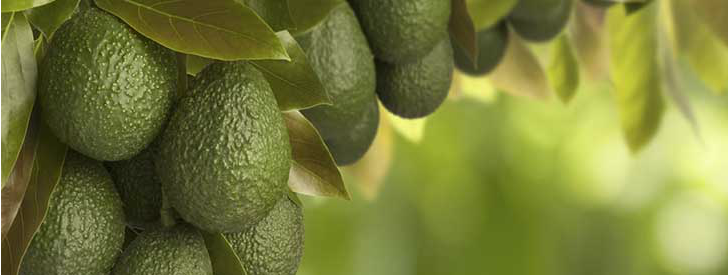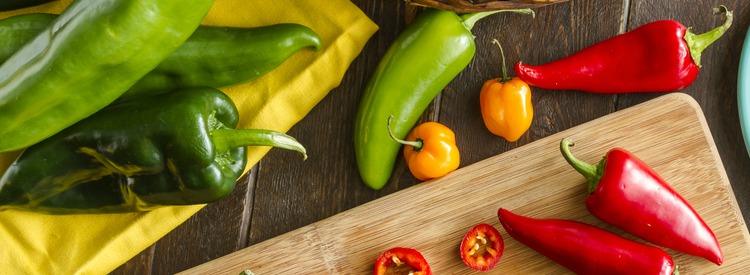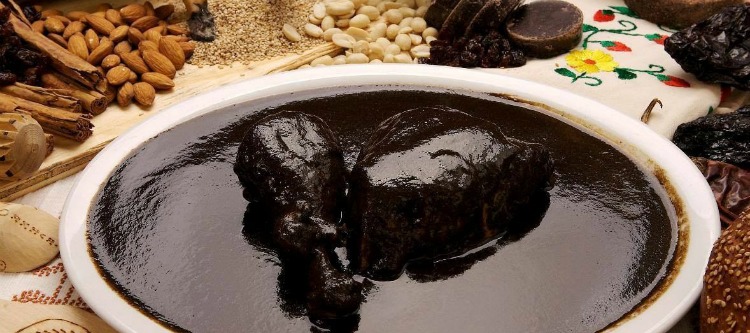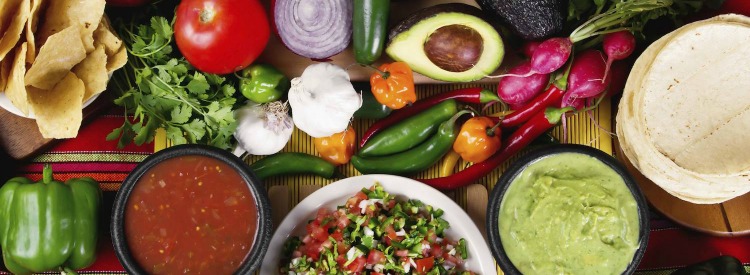The Mexicas or Aztecs, were once the most resplendent of civilizations in Mexico and still, today, their language is part of the world’s day to day life. Not just in Spanish but in other languages as well.
Before the invasion of the ‘New World’ by the Spaniards, the natives of Central and South America had many different languages including quechua and maya. In the territory that we now know as Mexico, the dominant people were the Aztec and their language was Nahuatl, for many known as Aztec.
The indigenous people were heavily influenced by the culture and language of the Spanish. By holding onto their own languages, as well as learning Spanish, they managed to preserve their own culture. We find many examples of this in Mexican cuisine that will influence the way you look at those dishes in the future.
Chocolate, one of the biggest gifts from Mexico to the world!

In pre-Hispanic times, the cacao seed was used to prepare an exquisite drink made from cacao. The drink was reserved for the privileged class because the cacao seed was also used as currency. The cacao seed drink was made with water and sometimes flavored with Mexican spices like chilli, vanilla or mayan honey. This was before the introduction of sugare and dairy cattle to Mexico. As a consequence, the flavor of this drink was really bitter and named Xocolatl. Xoco means Bitter and Atl means Water, so literally bitter water. So from this drink came the English word Chocolate:
Spanish-Chocolate.
French- Chocolat
Italian-Cioccolato
German-schokolade
Portuguese- chocolate
Tagalog -tsokolate
Avocado, ambassador of traditional Mexican Food.

Your guacamole will never be the same!
This word come from the Aztec word “ahuacatl” meaning testicle. In Spanish the fruit is aguacate. We just have to take a look at the fruit hanging in the tree to understand why the Aztecs called this creamy fruit in this manner.
Nowadays, the Hass variety Is the most popular and for sure the most delicious one to prepare guacamole. It is found in every restaurant in Mexico from the North to the South.
Tomato, fresh and colorful resemble of Mexican tradition.

This native American plant was spread all over the world by the Spaniards. The word known as tomato comes, according to many history studies, from the Nuhuatl word Tomatl meaning fat fruit. The Aztecs used to put a prefix to show the difference between the existing varieties. For example, Xaltomatl from xalli meaning sand and tomatl referring to a variety of this fruit that grows in sand fields. Another example is Xictomatl from Xictli meaning belly button and tomatl, fat fruit with belly button. Izhoatomatl from izhuatl meaning leaf or wrap referring to the husk that covers the variety now called tomatillo.
Chili-chile, addictive Mexican ingredient.

In 1492, when Christopher Columbus was looking for the pepper route, he accidentally arrived to America. He truly believed he had arrived to India and that´s why in the beginning the American continent was called, by the Spaniards, Las Indias. When Columbus was looking for the spice, pepper, he found a spicy fruit, resembling the pepper from the middle east. It was very spicy and that the natives used to call it chili. From that moment forward that spicy fruit was known to the world as chili pepper, from the Nahuatl-Aztec word chili.
One of the most popular chiles, Chipotle, is the actually the jalapeño chile smoked dried. the name comes from the Nahuatl word Chili and Poctli meaning smoked.
Mole, Mexican Pre-Hispanic heritage.

More popular every day, the word mole is used to designate any kind of Mexican sauce with a velvety consistency. It is made with many ingredients and has several varieties: green mole, yellow mole, red mole, black mole, white mole and pink mole. One of the most popular moles is Poblano, known as the chocolate sauce because one of the main ingredients of this salsa is chocolate.
The word mole comes from the Nahuatl, Mulli means sauce. For example, guacamole, from the Aztec ahuacatl and mulli, avocado sauce!

Those were examples of words that we are still using around the world in day to day life. In Mexico of course, we use even more, Molcajete (mortar), tejolote (pestle), epazote, papalo quelite, pipicha (all aromatic herbs), huazontle (vegetable), huitlacoche (fungus that grows in the corn), tamal (dish), nixtmal (cooking process), Xala (pumpkin seed sauce), guajolote (turkey), cempasuchil, izote and gualumbo (eatable flowers), chayote (fruit).
These terms and many others are present in our culinary terminology and serve as a reminder that traditional Mexican food is a fusion between many cultures. One way to preserve this tradition is to continue supporting the preparation of this magic food in small and big food places.
Come with us and learn more about all these Aztec terms. You will discover not just new names but new tastes and new ways to eat on a tour by Riviera Maya Food Tours.


Comments